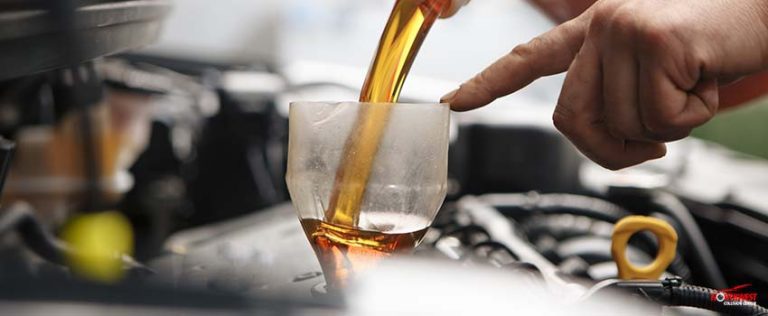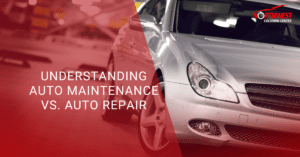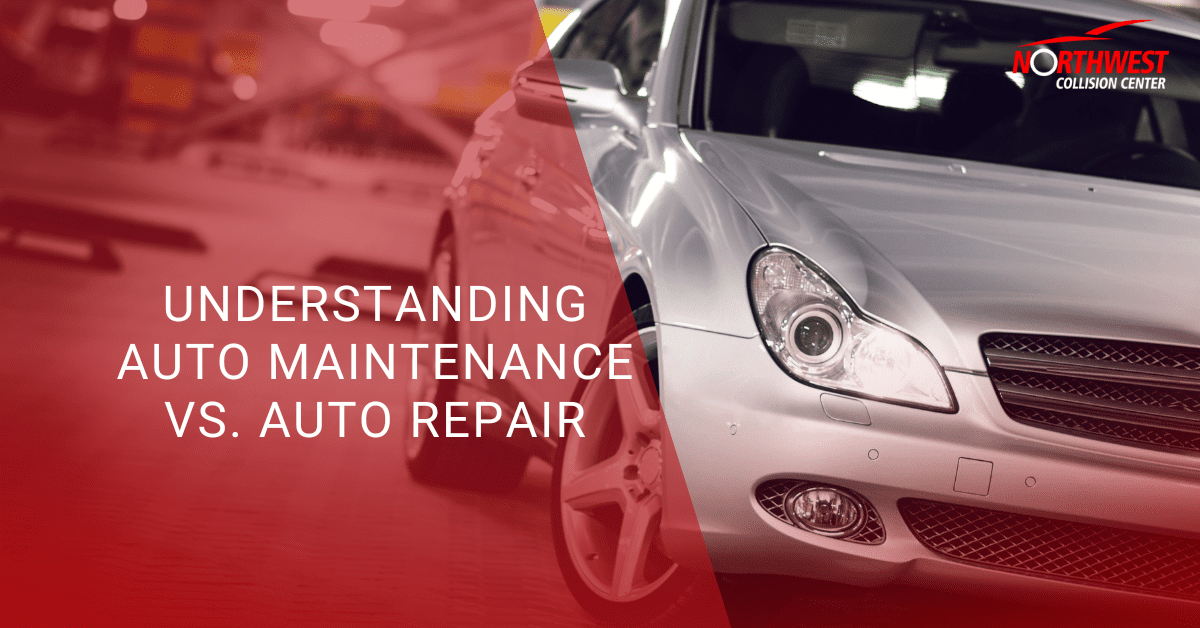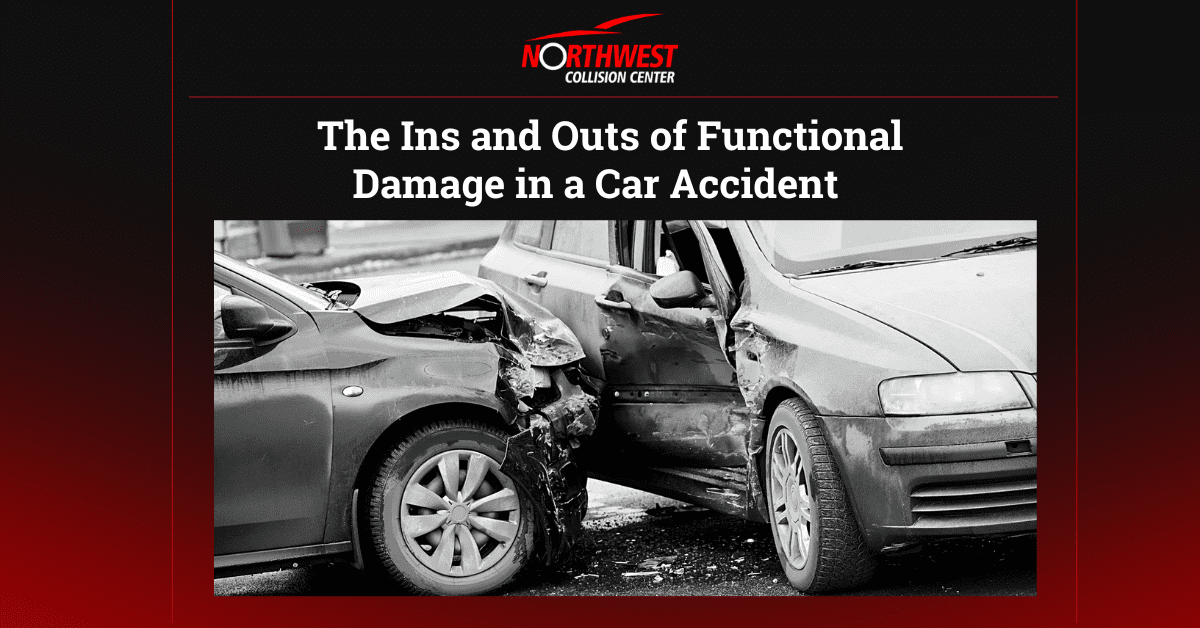Engine oils are essential for cars to maintain their peak performance. Change oil is part of the routine check-ups done on your car when you take this to an auto repair shop. Some people, however, are wary of bringing their vehicles to repair shops for change oil services because this tends to be costly. Thus, if they have a good idea on how to put oil in the car, they simply do it themselves. Unfortunately, there is often an oil overflow due to wrong estimation.
Excess engine oil in the car can cause several internal damages that consequently affect the vehicle’s performance. Overfilling the engine oil is actually common among those with little to no experience when it comes to oil change. When it happens, the safety of the driver is placed on the line.
Cause of Excess Oil in the Engine
There are several reasons your car engine can end up having too much oil. A common culprit is not draining the old oil properly before putting in the new one. If you opted to do the oil change yourself, it could be that while you followed the general instructions on how to put oil in the car, you didn’t consider the fact that the process varies depending on the model of the auto.
In any case, you’ll eventually find that the car oil is now a mixture of different fluids. This could result in a faulty seal or head gasket, causing the coolant to leak, and exposing the engine to condensation. Simply put, overfilling the engine oil can lead to severe car damage.
Symptoms of Too Much Oil in the Car
An overfilled engine oil is dangerous for your automobile. If you think that there is too much oil in the car, you have to observe its performance while on the road. Here are some of the signs you should look out for:
1. Leaking Oil
When you notice an oil puddle underneath your car, the chances of leakage are high. This is due to high pressure caused by an overfilled engine which consequently weakens the seal and results in the leak. If this happens, check your dipstick compartment where the oil leakage should originate.
2. Black Smoke
If your car has a rear-view camera, turn it on while driving. It helps you check the color of the smoke that your tailpipe emits. If the color of the smoke is black, it is one of the symptoms of too much oil in the car. The engine compensates for excess oil in its system by producing black smoke which it releases while you are driving.
3. Unusual Engine Noise
When you neglect the early signs of overfilling the engine oil, you might get to hear a strange or unusual sound. This is much like two metals screeching or grinding, a problem that may have been with your car engine for some time and which will need immediate repair.
4. Smell of Burnt Oil
If your car is emitting burnt smells, it is one of the effects of overfilling the engine oil. The auto is overcompensating by finding ways of reducing the excess oil in your engine. It can also happen that you have a car leakage, and the oil passes through the hot components of your automobile.
5. Damaged Internal Parts
When the internal parts of your car like the spark plug start to show signs of wear, it might be that the engine oil has been overfilled and you need to address it immediately. If you know how to drain oil from the car, you can do this initially while you wait for professional technicians to come over and resolve the problem.
How to Fix the Problem of Too Much Oil in the Car
1. Use an oil extractor
An oil extractor pump is the most accessible and efficient way to reduce overfilled engine oil. Before using this tool, ensure that your car has cooled down from its most recent activity. Otherwise, open the hood to let hot air come out from the engine. Afterwards, work on the effects of overfilling the engine oil by removing the dipstick. This should prevent dirt and debris from entering the engine.
When setting up the pump, follow the manufacturer’s instructions. The first step should be to turn on the device after connecting this to a power source. As the pump begins extracting the excess oil, place the oil pan in the dipstick hole to keep track of the amount of fluid that has been removed from the engine.
After the oil level has dropped to the recommended reading, turn off the oil extractor. The vehicle should now run smoothly, although its performance will still depend on how the extraction process has affected the moving parts.
2. Manual Draining
This method is not always recommended to every car owner or mechanic because you have to slide under your vehicle to drain the oil. If the engine oil gets overfilled and you decide to manually drain the excess fluid, you will need a jack, jack stands, and a socket that matches the oil sump.
To ensure safety, lift the vehicle off the ground and slide the oil pan under it. Grab the socket and use it to remove either the entire oil sump or just half of it. A good idea is to first decide how much excess oil you want to remove. before you place the oil pan under the sump.
Before torquing the sump, take out the dipstick to check if the oil level is in the standard reading. Use this as reference when you begin draining the excess oil until the dipstick shows an average reading. If the oil level is lower than usual though, it might be time to top off the engine oil.
Key Takeaway
Overfilling the engine oil is not uncommon, especially if you decide to do things on your own rather than take the car to the nearest auto shop. This can present a few serious problems, notably damage to your vehicle’s internal parts and poor driving performance.
There are several signs that will tell you that there’s excess oil in the car engine, including black smoke and the smell of burnt oil. When removing the excess fluid, you can either drain it manually or use an extractor pump.
Contact Northwest Collision Center to Help You Drain Too Much Oil in the Car
When you encounter this problem with your automobile and you have no idea on how to drain oil from the car, it is best to call a reliable auto repair and restoration shop.
Northwest Collision Center is the leading auto body shop in St Petersburg, FL. We have a team of licensed mechanics that will ensure proper and correct change oil processes. If you bring your vehicle to us, you will not have to worry about any problems or inconveniences on the road because we provide impeccable maintenance and repair










